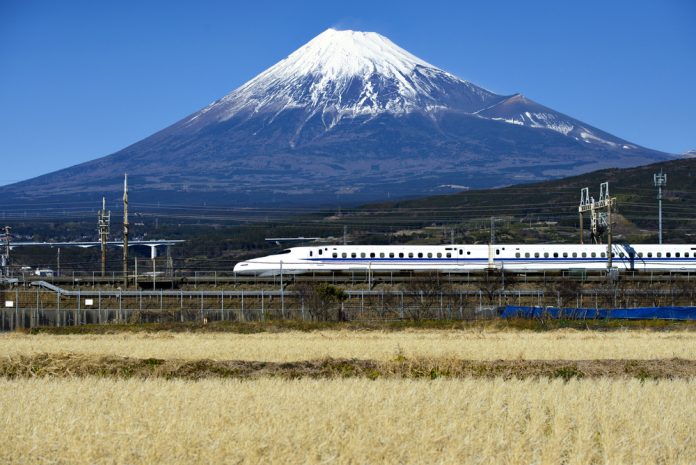China’s Fuxing bullet trains will once again be the world’s fastest trains, reaching speeds of 350 km/h.
Following two crashes in 2011 that killed 40 people, the “rejuvenation” bullet trains were given a capped speed of 300km/h. However, from September 21 they will be reintroduced at the higher speed.
Zhao Jian of Beijing Jiaotong University said reducing the speed of trains was important to rebuild confidence in the trains.
“I think the public will be less worried, at least less worried than if the speed was not slowed down,”
“In my eyes, this is the state council correcting the “great leap” by the last leadership of the ministry of railways … This is definitely a major step” he said.
The increased speed came from China’s desire to stay ahead of Japan, Germany and France in the technological race.
China’s bullet trains have become an important role for Beijing, who can use the “Belt and Road Initiative” to sell goods to other countries.
Since the Beijing-Shanghai route opened in 2011, it has become one of the most used and profitable routes. According to China Railway, 600 million people use the service every year.
At the increased speed, the route takes four hours and 55 minutes.
Sun Zhang, a professor at the railway and urban mass transit research institute of Tongji University was suspect of the fast trains.
“So it’s impressive, and at the same time a bit worrisome, that China managed to achieve speeds of 350 kilometres an hour in just seven years,”
“There were serious flaws in the system design that led to an equipment failure,” said Luo Lin, the minister of China’s state administration of work safety.
“At the same time, this exposed problems in emergency response and safety management after the failure occurred.
“This was a major accident involving culpability that could have been totally avoided,” he told China Daily.
To address safety, all trains have been fitted with a new and improved monitoring system. This will allow the trains to slow and stop automatically in the event of an emergency.

